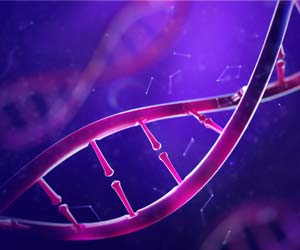Obviously, this piques our interest in locating and elucidating the source of the significant difference that could be found in genetic matter. The findings of the study are published in the journal Cell Stem Cell.
In evolutionary terms, the chimpanzee is our closest living relative, and research suggests that we share a common ancestor. Our evolutionary paths diverged about five to six million years ago, resulting in today’s chimp and Homo Sapiens, humankind in the twenty-first century.
“Instead of studying living humans and chimpanzees, we used stem cells grown in a lab. The stem cells were reprogrammed from skin cells by our partners in Germany, the USA, and Japan. Then we examined the stem cells that we had developed into brain cells”, explains Johan Jakobsson, professor of neuroscience at Lund University, who led the study.
“The part of our DNA identified as different was unexpected. It was a so-called structural variant of DNA that was previously called “junk DNA”, a long repetitive DNA string that has long been deemed to have no function. Previously, researchers have looked for answers in the part of the DNA where the protein-producing genes are – which only makes up about two percent of our entire DNA – and examined the proteins themselves to find examples of differences.”
The new findings indicate that the differences appear to lie outside the protein-coding genes labeled as “junk DNA”, which was thought to have no function, and constitutes most of our DNA.
This suggests that the basis for the human brain’s evolution is genetic mechanisms that are probably a lot more complex than previously thought, as it was supposed that the answer was in those two percent of the genetic DNA.
Study results indicate that what has been significant for the brain’s development is instead perhaps hidden in the overlooked 98 percent, which appears to be important. This is a surprising finding. The Lund researchers’ stem cell technique is groundbreaking and has enabled this type of research.
The Nobel Prize in Physiology or Medicine was awarded to the technique in 2012. Shinya Yamanaka, a Japanese researcher, was the first to discover that specialized cells can be reprogrammed and developed into various body tissues.
It would not have been possible to study the differences between humans and chimps using ethically acceptable methods without this technique. The findings could lead to answers to questions about psychiatric disorders such as schizophrenia, according to scientists.
Source: Medindia



